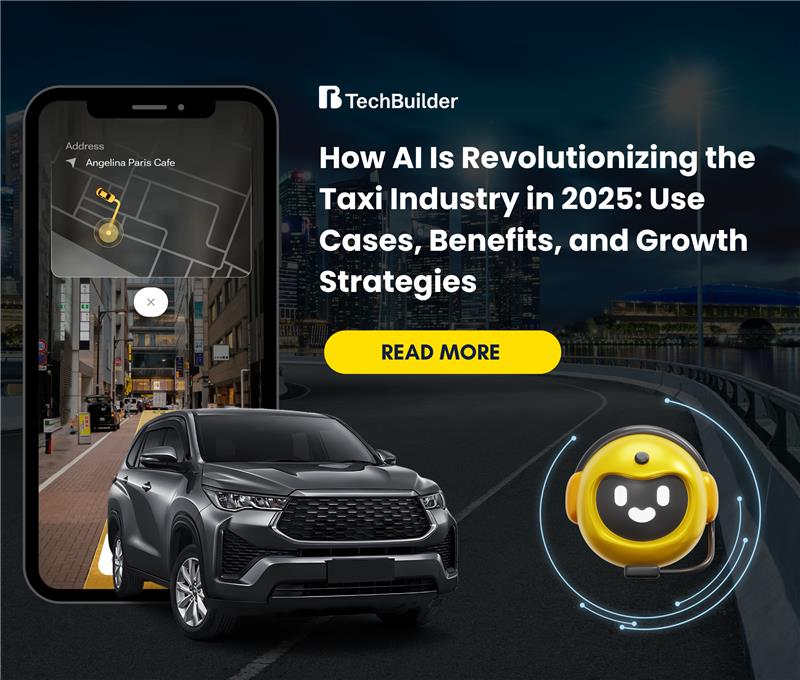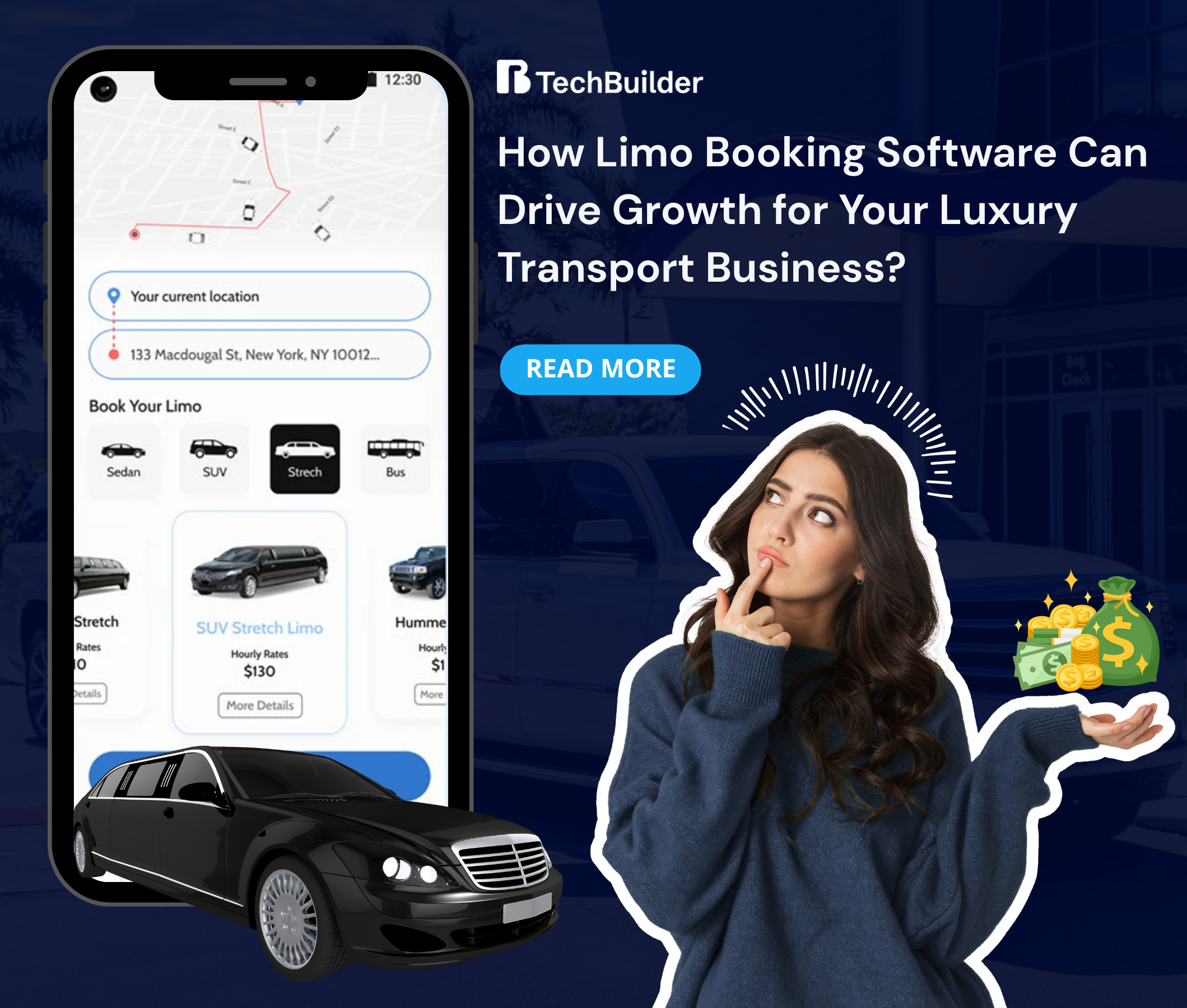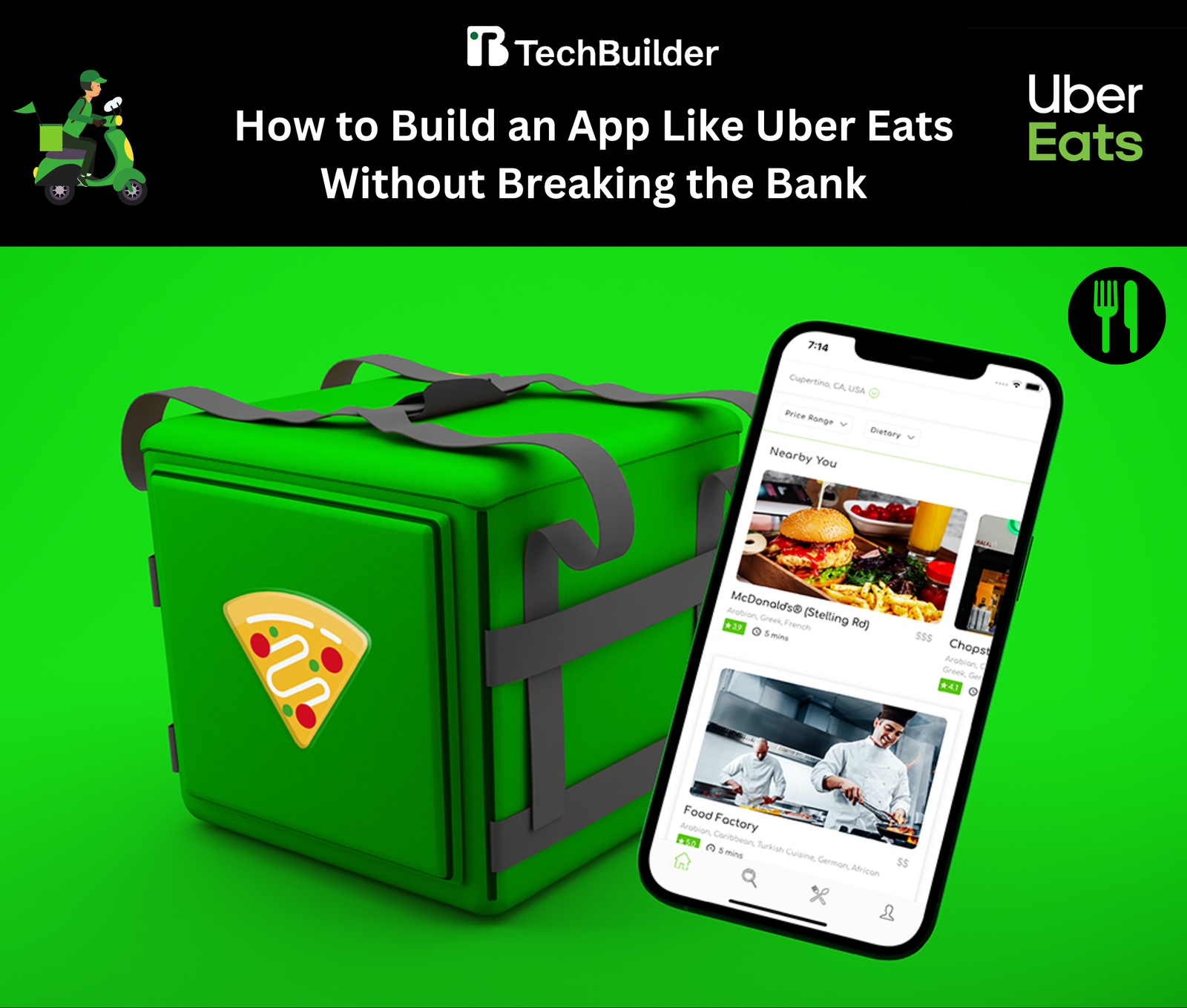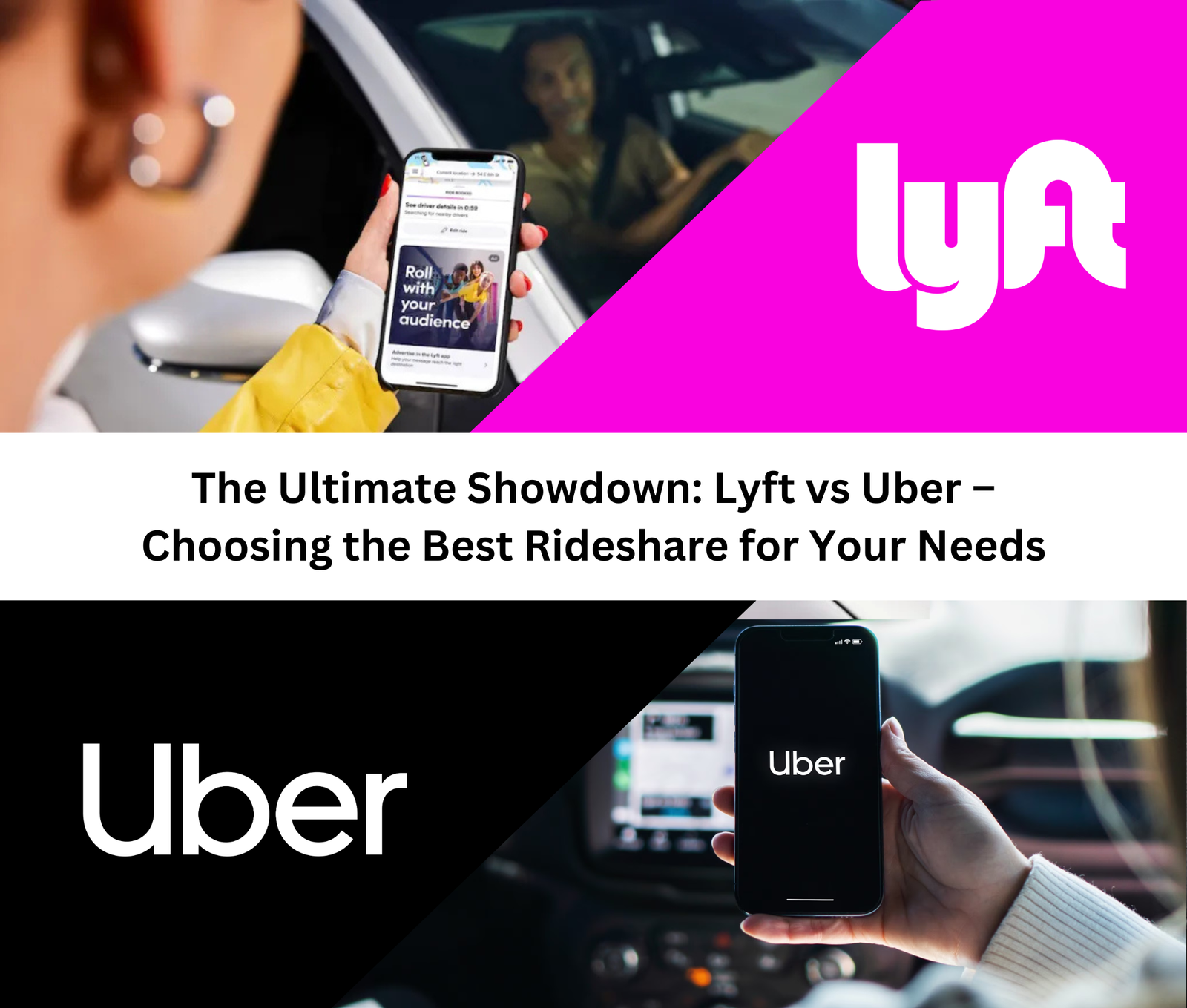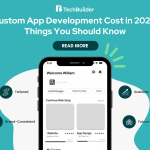-
-
Products
-

Empower your business with intelligent, scalable digital solutions.
Book A Demo -

Empower your business with intelligent, scalable digital solutions.
Book A Demo -

Empower your business with intelligent, scalable digital solutions.
Book A Demo -

Empower your business with intelligent, scalable digital solutions.
Book A Demo -

Empower your business with intelligent, scalable digital solutions
Book A Demo -

Empower your business with intelligent, scalable digital solutions
Book A Demo -

Empower your business with intelligent, scalable digital solutions
Book A Demo
Products
-
-
Industries
-
Transportation & Mobility
-

-

-

-

-

-

-


Empower your business with intelligent, scalable digital solutions
Book A Demo -
-
On Demand Industry
Empower your business with intelligent, scalable digital solutions
Book A Demo -
Service Industry
Empower your business with intelligent, scalable digital solutions
Book A Demo -
Logistics
Empower your business with intelligent, scalable digital solutions
Book A Demo -
E-commerce & Retail
Empower your business with intelligent, scalable digital solutions
Book A Demo -
Banking & Finance
Empower your business with intelligent, scalable digital solutions
Book A Demo -
Real Estate & Properties
Empower your business with intelligent, scalable digital solutions
Book A Demo
Industries
-
-
Resources
-
Resource Library
Empower your business with intelligent, scalable digital solutions
Book A Demo -
Live Demo Videos
Empower your business with intelligent, scalable digital solutions
Book A Demo
Resources
-
- Portfolio
- About Us
-
- Get In Touch





















































